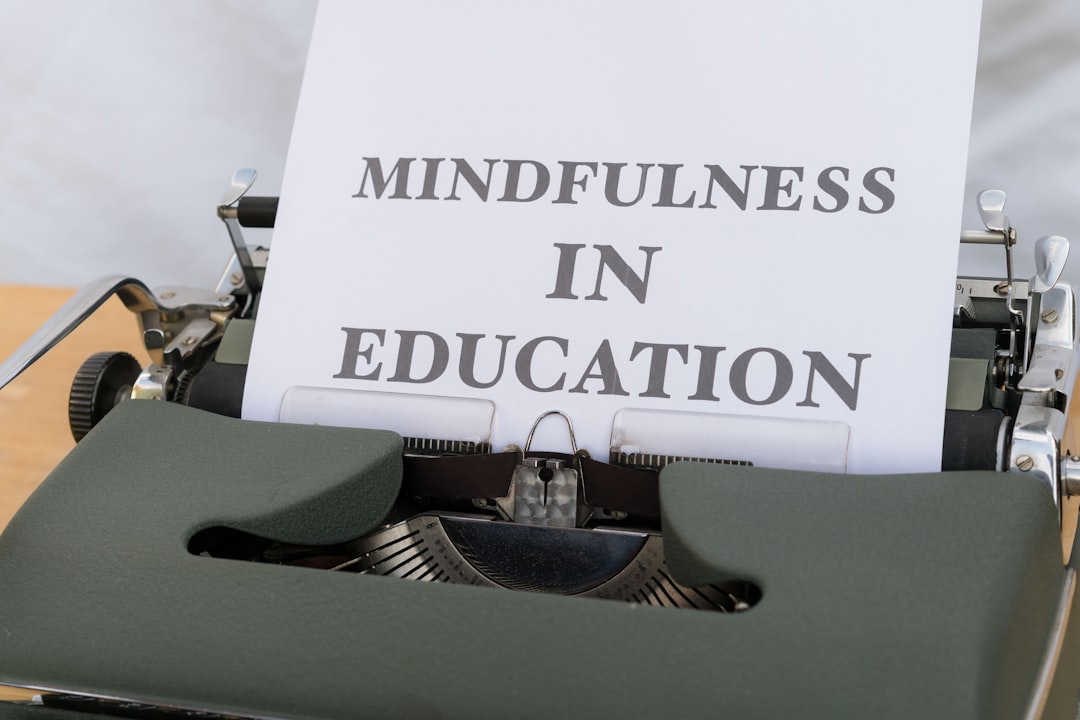Mindfulness: An In-Depth Guide to Living in the Present
Introduction
Across cultures and ages, people have sought ways to find peace, clarity, and happiness. In our fast-paced, distraction-filled world, mindfulness has emerged as a powerful and accessible tool for cultivating well-being. This article explores what mindfulness is, its history, proven benefits, how to practice it, and how to integrate it into daily life.
What is Mindfulness?
Mindfulness is the practice of purposefully paying attention to the present moment, non-judgmentally. It involves bringing one's awareness to experiences as they unfold, noticing thoughts, feelings, and physical sensations without trying to alter or judge them.
Definition Table:
| Aspect | Description |
|---|---|
| Core Attitude | Non-judgmental, open, accepting |
| Focus | Present moment (thoughts, feelings, sensations, surrounding environment) |
| Practice Types | Formal (meditation), Informal (day-to-day awareness), Mindful activities |
| Origins | Ancient contemplative traditions (Buddhism, Hinduism); adapted for modern use |
Historical Roots of Mindfulness
1. Ancient Traditions
Mindfulness is a central aspect of Buddhist teachings, appearing in the Satipatthana Sutta as "sati" (Pali) or "smṛti" (Sanskrit), which denote awareness, attention, and remembrance. Variations exist in Hindu, Taoist, and other meditative traditions.
2. Modern Adaptation
In the late 20th century, psychologist Jon Kabat-Zinn developed the Mindfulness-Based Stress Reduction (MBSR) program, bridging Eastern contemplative practices with contemporary Western medicine and psychology.
Scientific Benefits of Mindfulness
Hundreds of studies have examined its effects. Here is a summary:
Table: Research-Based Benefits of Mindfulness
| Category | Documented Benefits |
|---|---|
| Mental Health | Reduces anxiety, depression, rumination, and stress |
| Physical Health | Lowers blood pressure, boosts immune response, alleviates chronic pain |
| Cognitive | Improves focus, memory, executive function, decision-making |
| Emotional | Increases emotional regulation, positive emotions, compassion |
| Social | Enhances relationship satisfaction, empathy, and communication skills |
Selected Study Highlights:
- Davidson et al. (2003): Demonstrated increased brain activity in areas associated with positive emotion after an 8-week MBSR program.
- Hofmann et al. (2010): Meta-analysis found mindfulness reduces anxiety and depressive symptoms.
- Grossman et al. (2004): Showed improvements in quality of life for patients with chronic medical illnesses.
Common Mindfulness Practices
Table: Popular Mindfulness Practices
| Practice | Brief Description | Setting |
|---|---|---|
| Mindful Breathing | Gentle focus on the breath, noticing sensation of inhalation/exhalation | Anywhere |
| Body Scan Meditation | Gradual attention given to different parts of the body | Lying or sitting |
| Mindful Walking | Walking slowly, attending to steps, sensations, and environment | Outdoors/Indoors |
| Loving-Kindness Meditation | Sending goodwill and compassion to self and others | Quiet space |
| Mindful Eating | Eating slowly, focusing on flavors, textures, and hunger/fullness cues | Mealtimes |
Step-by-Step: Basic Mindful Breathing
- Sit comfortably, eyes closed or lowered.
- Bring attention to your breath.
- Notice each inhale and exhale.
- When distracted, gently return attention to the breath.
- Continue for 3–10 minutes.
How to Incorporate Mindfulness in Daily Life
You do not need to meditate for hours or attend retreats. Mindfulness can weave seamlessly into daily routines.
Table: Everyday Mindfulness Opportunities
| Activity | How to Infuse Mindfulness |
|---|---|
| Showering | Feel the temperature, scent, sound of water |
| Eating | Chew slowly, savor taste, notice reaction to food |
| Commuting | Observe surroundings, sensations, breathing, sounds |
| Conversation | Listen deeply, notice urge to interrupt, attend to emotions |
| Waiting in Line | Follow your breath, notice your stance, observe surroundings |
Common Misconceptions
"Mindfulness is about clearing the mind"
Actually, it’s about noticing thoughts and bringing attention back to the present."It’s religious"
While it has roots in Buddhism and other traditions, modern mindfulness is secular."Only for stress or illness"
Everyone can benefit, not just those experiencing difficulty.
Getting Started: Tips for Beginners
- Start small: Even one minute is valuable.
- Be patient: It’s normal for the mind to wander.
- Use guided audio: Many apps and websites offer free resources.
- Keep a journal: Note observations, reactions, and progress.
Mindfulness Resources
Popular Mobile Apps:
| App Name | Features | Cost |
|---|---|---|
| Headspace | Guided meditations, courses | Subscription |
| Calm | Meditations, music, sleep stories | Subscription |
| Insight Timer | Free guided meditations | Free/Premium |
Books:
- Wherever You Go, There You Are by Jon Kabat-Zinn
- The Miracle of Mindfulness by Thich Nhat Hanh
- Radical Acceptance by Tara Brach
Summary Table: Mindfulness At a Glance
| Aspect | Details |
|---|---|
| Definition | Non-judgmental present-moment awareness |
| Origins | Ancient contemplative practices, modern psychological adaptation |
| Benefits | Mental, physical, emotional, social |
| Practices | Meditation, mindful activities, informal awareness |
| How to Begin | Start small, use resources, be patient |
| Myths | Not about emptying the mind, not inherently religious, not only for stress |
| Resources | Apps, books, classes |
Conclusion
Mindfulness is a simple but profound way to transform your relationship with thoughts, emotions, and the world around you. With regular practice, mindfulness can help you live more fully—bringing greater peace, clarity, and fulfillment to each moment of your life. As you start or continue your journey, remember: mindfulness is not about achieving perfection, but about showing up for your life just as it is, one breath at a time.
